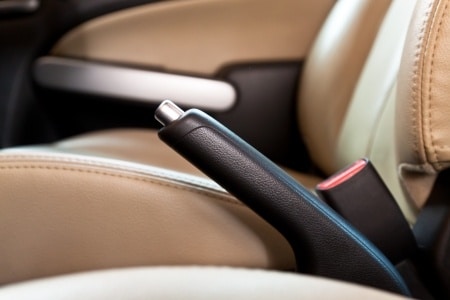Driving in the winter can be a little scary, especially when it comes to driving in less-than-optimal weather. Ice presents a real danger on the roadways during the winter months when you live in a cold or snowy climate. Learning how to avoid sliding on ice and what to do if you start to slide is a great way to keep yourself, your family, and your fellow drivers safe this winter.
Watch the Weather
Watch the weather and look for temperature drops after warmer periods. Snow begins to melt along the roadways when it warms up, and a quick cool down often leaves ice on the roadways.
Nighttime driving
Driving at night may also present an icy obstacle. As with warmer weather, things tend to heat up and melt a little more during the day, and then re-freeze at night. Nighttime driving also limits your vision. If you have to drive at night, exercise caution.
Be Attentive
If you are driving along a freeway or popular road, watch the cars ahead of you. If you see that a car ahead of you begins to fishtail on ice, slow down to avoid hitting the car or sliding on ice yourself. Do not slam on your breaks. If possible, proceed to another lane.
What To Do If You Begin Sliding on Ice
If you begin sliding on ice, do your best to remain calm. Avoid slamming your brakes or jerking your wheel around. Gently turn your wheel in the direction that the back of the car is sliding. A common phrase used to describe this tactic is “turn into the slide.” Reduce your speed and slowly exit the icy patch.
If you do end up in an ice-related collision, remain calm and call the proper authorities. Car damage is easy to fix so your safety is most important.
What to Do If Your Car Has Been Damaged
If your car has been damaged in an ice-related incident or car accident, contact us at Cascade Collision, and learn about our commitment to quality. We can answer your collision questions and get you and your car back on the road in no time.


